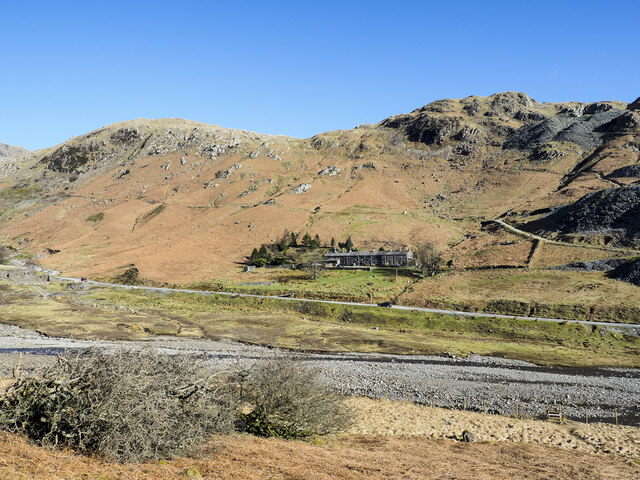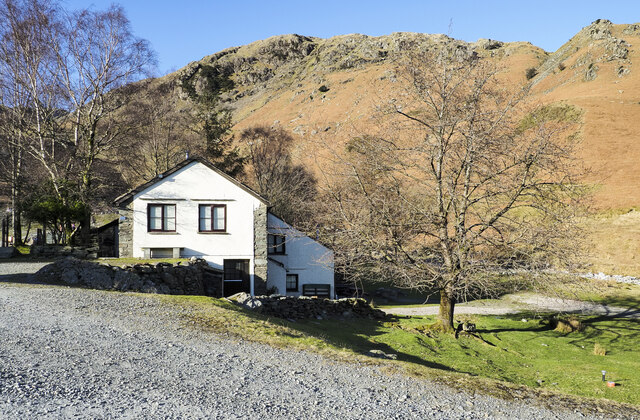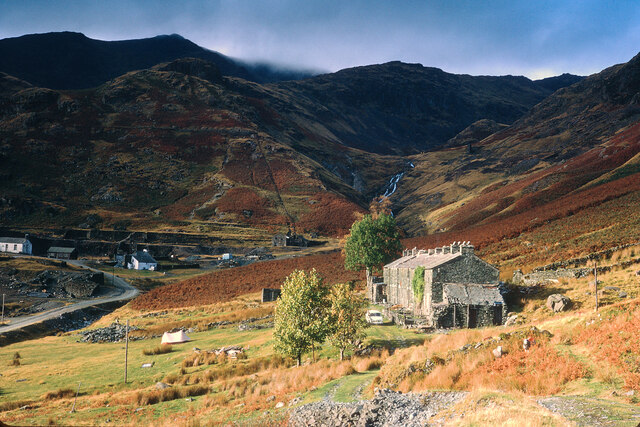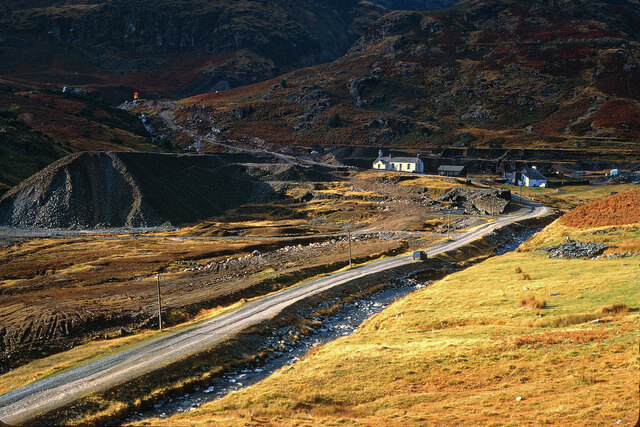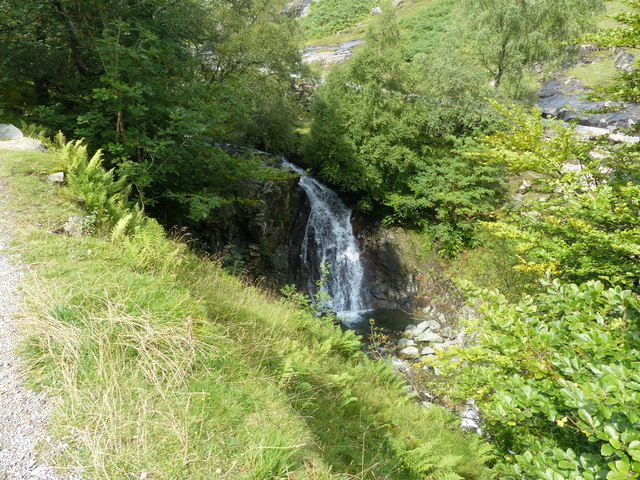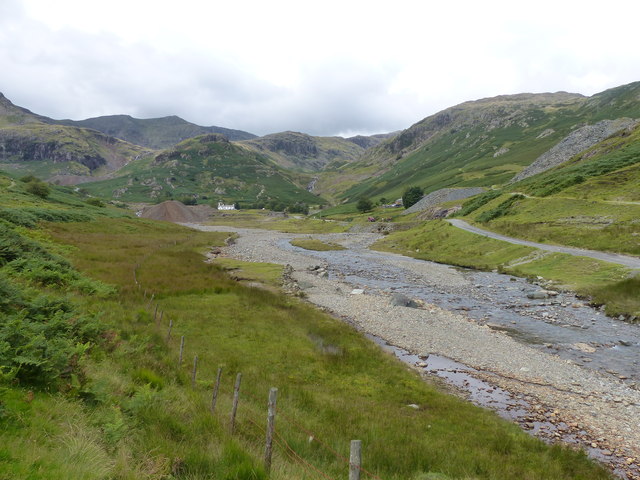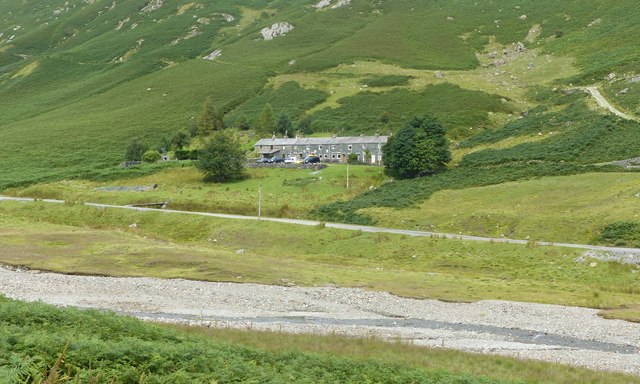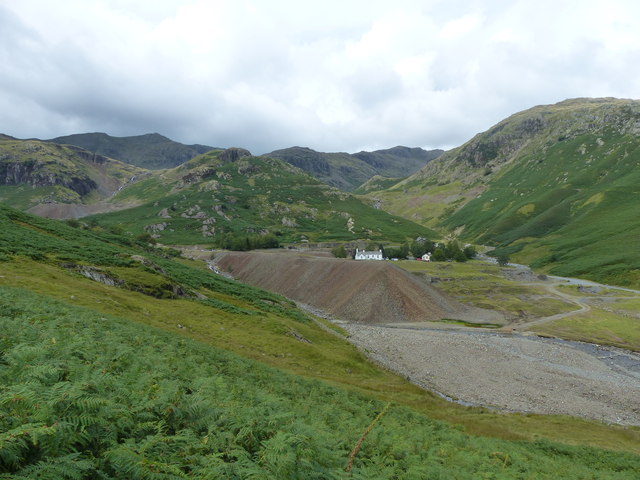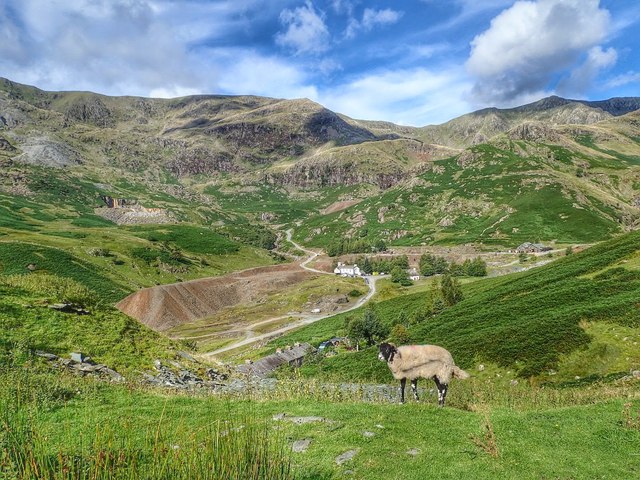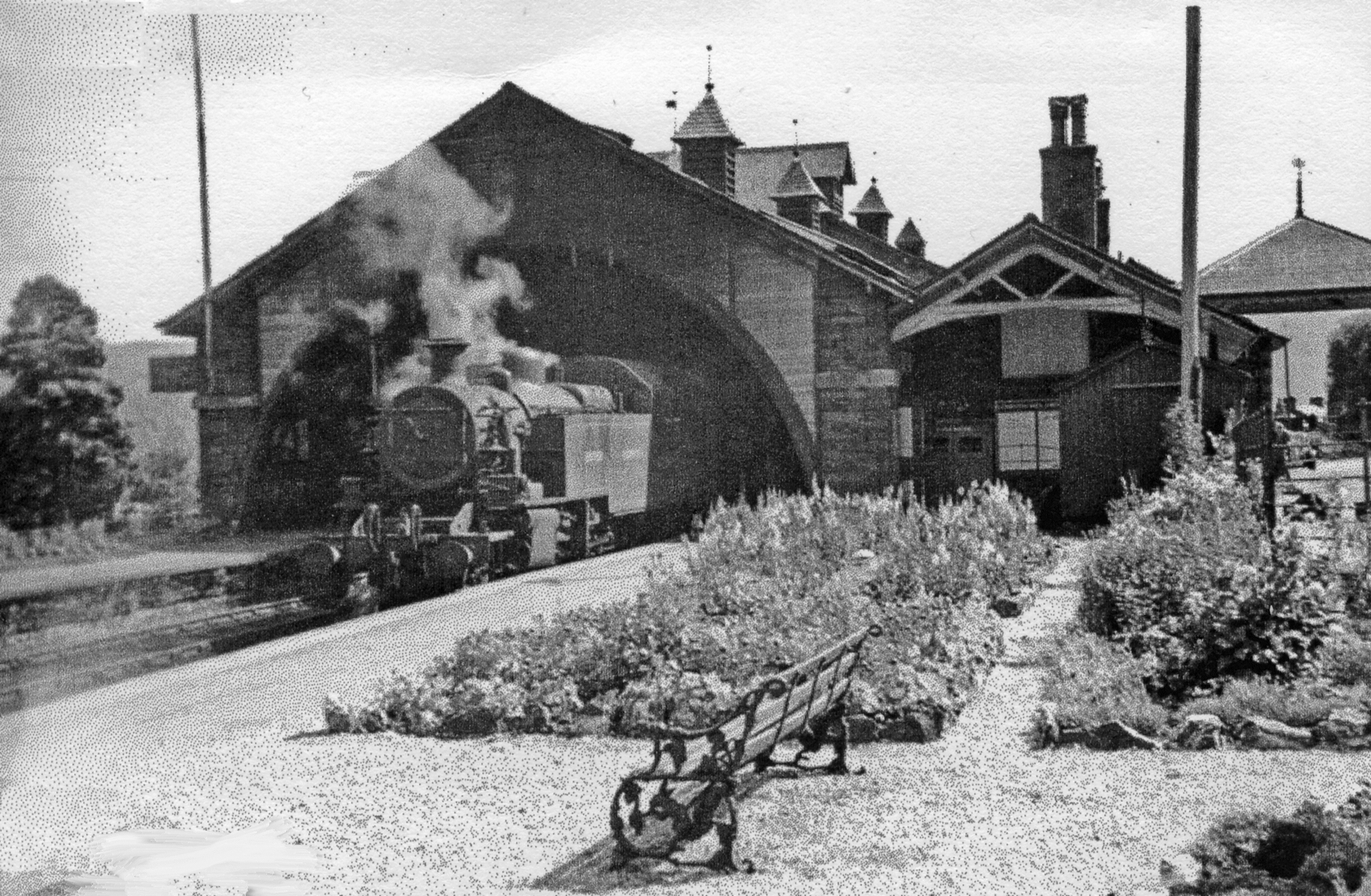Back Guards Plantation
Wood, Forest in Lancashire South Lakeland
England
Back Guards Plantation
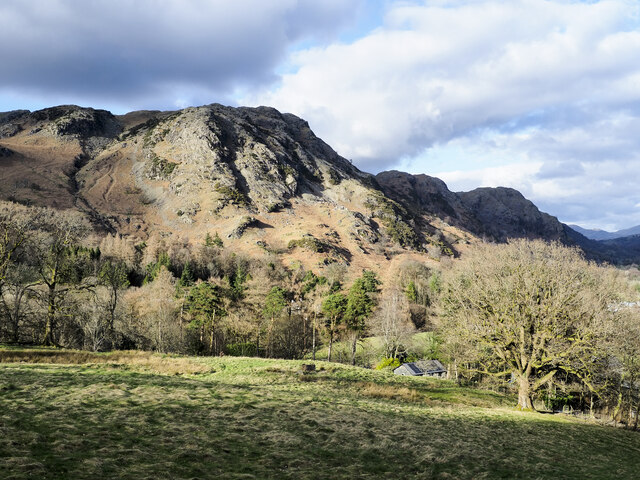
Back Guards Plantation is a sprawling forested area located in Lancashire, England. Covering a vast expanse, the plantation is renowned for its dense woodlands and rich biodiversity. This natural haven is situated in close proximity to the town of Back Guards, giving it its name.
The plantation is characterized by a variety of tree species, including oak, beech, and pine, which dominate the landscape and provide a sheltered habitat for numerous wildlife species. The forest floor is adorned with a lush carpet of ferns, mosses, and wildflowers, adding to its picturesque beauty.
As a protected area, Back Guards Plantation is home to a diverse range of animals. Visitors may spot native species such as red deer, foxes, badgers, and voles roaming freely in their natural habitat. Birdwatchers will also delight in the presence of numerous avian species, including woodpeckers, owls, and various songbirds.
The plantation offers a network of well-maintained walking trails, inviting nature enthusiasts to explore its hidden treasures. These trails wind through the enchanting woodland, leading visitors to scenic viewpoints and tranquil spots, perfect for picnics or simply immersing oneself in the serenity of nature.
Back Guards Plantation serves as an important ecological resource, contributing to the preservation of Lancashire's natural heritage. Its protection and conservation efforts are overseen by local authorities, ensuring the sustainable management of this precious woodland.
In conclusion, Back Guards Plantation is a captivating woodland retreat in Lancashire, offering visitors an opportunity to connect with nature while enjoying the splendor of its diverse flora and fauna.
If you have any feedback on the listing, please let us know in the comments section below.
Back Guards Plantation Images
Images are sourced within 2km of 54.376017/-3.0682853 or Grid Reference SD3098. Thanks to Geograph Open Source API. All images are credited.
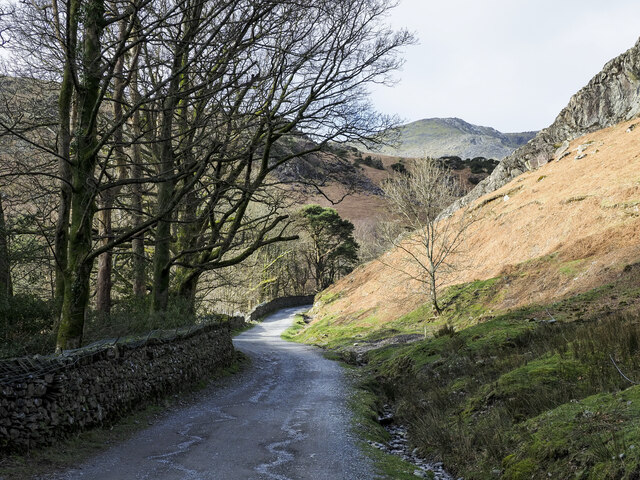
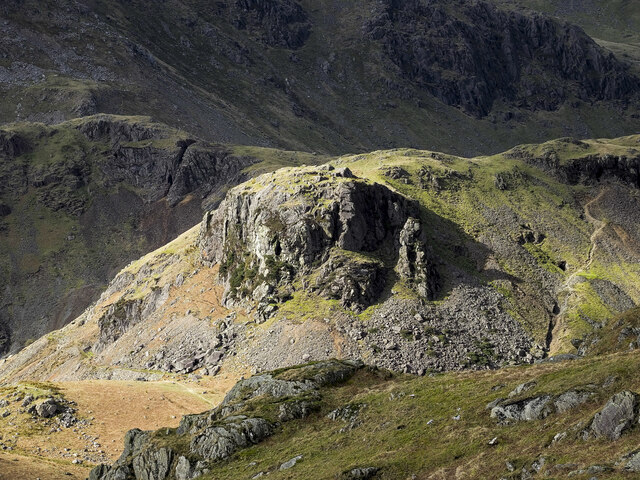
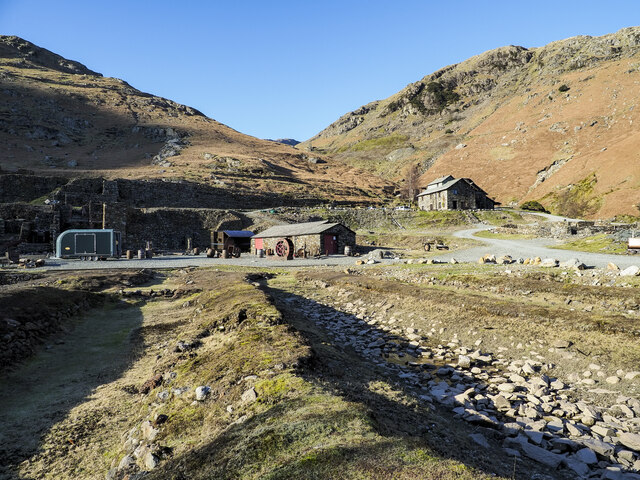
Back Guards Plantation is located at Grid Ref: SD3098 (Lat: 54.376017, Lng: -3.0682853)
Administrative County: Cumbria
District: South Lakeland
Police Authority: Cumbria
What 3 Words
///jumpy.victor.interrupt. Near Ambleside, Cumbria
Related Wikis
Ruskin Museum
The Ruskin Museum is a small local museum in Coniston, Cumbria, northern England. It was established in 1901 by W. G. Collingwood, an artist and antiquarian...
Coniston, Cumbria
Coniston is a village and civil parish in the Westmorland and Furness district of Cumbria, England. In the 2001 census the parish had a population of 1...
John Ruskin School
John Ruskin School (JRS) is an 11–16 school on Lake Road in Coniston, Cumbria. The school is part of the Rural Academy, a group of nine small schools in...
Coniston railway station (England)
Coniston railway station was the northern terminus of the Coniston branch line in the village of Coniston, Lancashire, England (now in Cumbria). ��2�...
Nearby Amenities
Located within 500m of 54.376017,-3.0682853Have you been to Back Guards Plantation?
Leave your review of Back Guards Plantation below (or comments, questions and feedback).
